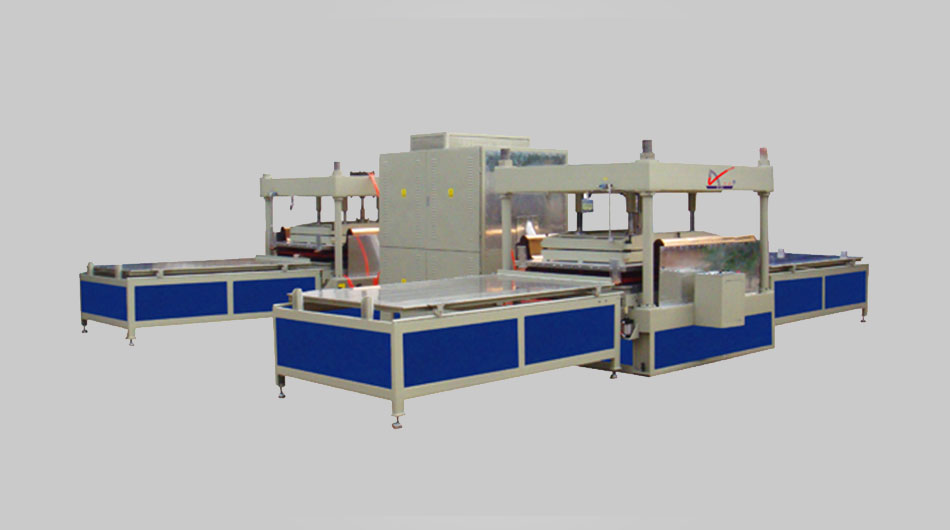

0086-15168150475
sunny@davison-machinery.com/davison@dongxiong.com
To keep things simple, I'll talk about 2 welding machin […]
To keep things simple, I'll talk about 2 welding machine types only; constant current and constant voltage. Both types will take a high voltage, low amperage AC power supply and turn it into a low voltage-high amperage supply which is more suitable for welding.

Why do we use them?
Constant current - SMAW this power supply type provides constant current or amperage… Within reason, that is. As you weld, the amperage fluctuates up and down a few amps, but for the sake of keeping it simple, let's say it stays “constant”. Voltage on the other hand does not. When you turn the machine on, hook up your ground and put a rod in the electrode holder… nothing happens, but there is an open circuit voltage (OCV) present at the electrode. OCV can be anywhere from 45 volts to 80 volts. Why? This voltage allows us to establish an arc when we scratch or tap the rod against the work surface, once the circuit closes and we start welding, the voltage drops down to, and can fluctuate between 15 and 40 volts. As we weld however, we cannot hold our electrode an exact distance away from our work, nor can we travel at exactly the same speed; as our arc length increases and decreases, so does the the voltage.
Constant Voltage - GMAW This power supply works a little differently, it supplies a constant voltage… Within reason. It's still taking our high voltage low amperage power and flipping it around, but our variables for setting our heat change a little. While stick welding, we control our rod size and amperage, the voltage takes care of itself; with GMAW, we have shielding gas, wire size, wire feed speed (wfs), and voltage. The current or amperage is taken care of by how much wire we feed into the weld pool per minute. The voltage is set to balance the arc and provide the properties we want for transferring our filler metal, as the wire is fed into the pool, the voltage fluctuates. Again, to keep things simple, let’s say we have a voltage range of 10–40 volts, when I set my current (wire feed speed), I'll use the voltage to “balance” the arc and provide me with the type of metal transfer called for in the weld procedure.
https://www.davison-machinery.com/